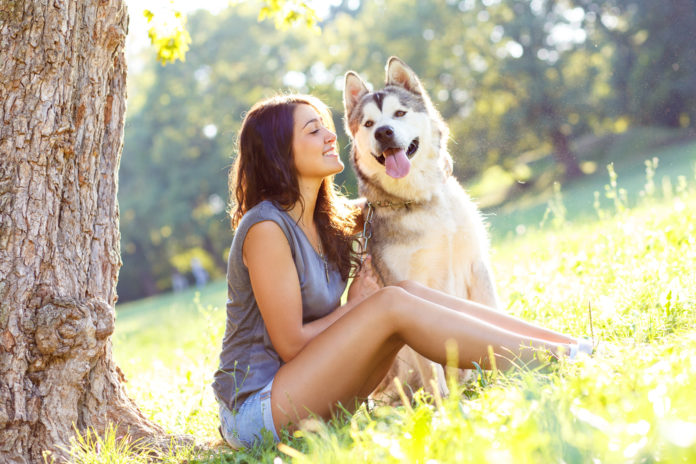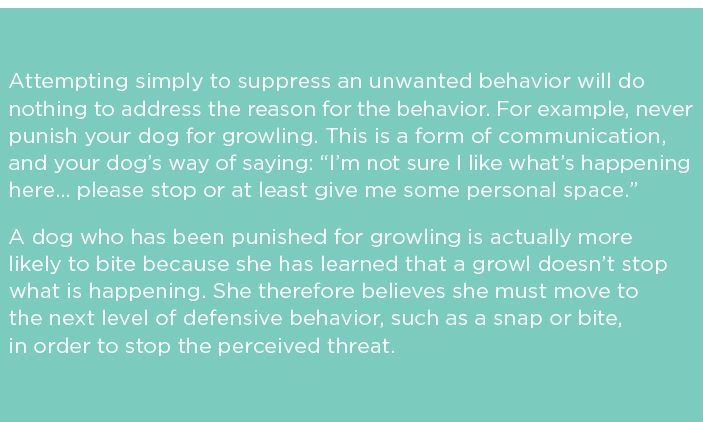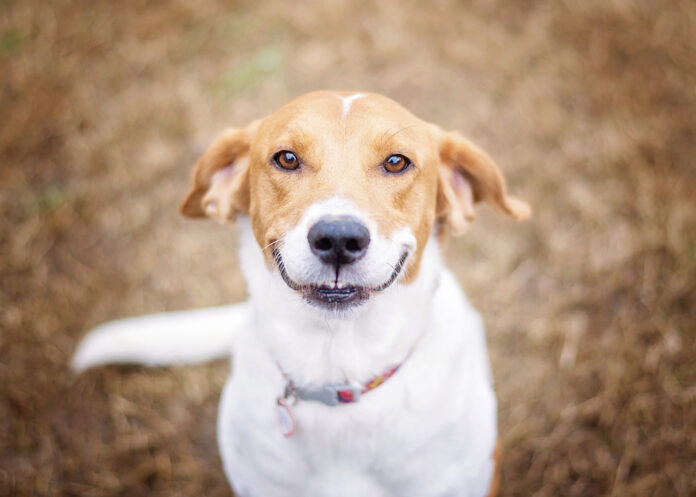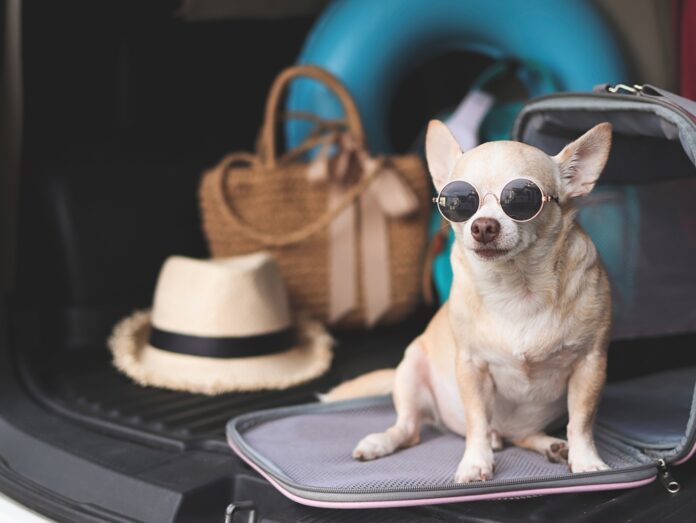3 steps to a well-socialized dog

Many dogs are poorly socialized as puppies, leading to over-reactive behaviors in adulthood. The good news is that you can vastly improve your dog’s socialization skills, no matter what her age.
A well-socialized dog is a well-behaved dog. If a dog has been properly socialized, she’ll be comfortable in different environments. This means you can include her in a variety of activities, take her different places, and introduce her to new people and other dogs without worrying about how she’s going to react. This usually isn’t the case for a poorly-socialized dog, who finds unfamiliar people, places and situations a source of anxiety; to a dog that hasn’t been socialized well, the world is a scary place, and she may over-react with unwanted behaviors like fear or aggression. So ensuring your own dog is properly socialized, regardless of her age, is vital to her happiness, comfort and well-being – and to your peace of mind.
 Puppyhood experiences shape behavior
Puppyhood experiences shape behavior
A puppy begins learning as soon as she is aware of her environment. In fact, the first 16 weeks are a crucial stage in a dog’s development. Puppy brains are like sponges, absorbing new experiences and forming associations. An important stage in the development of a dog’s temperament occurs from age 18 to 24 months; during this stage, negative fear-inducing experiences can have a significant effect on the dog’s future behavior. When a puppy is not positively exposed to a variety of experiences during these sensitive learning periods, she may become neophobic – afraid of anything new or familiar, including people, places, situations or other animals.
This is why some dogs seem to hate hats, or will bark frantically at an elderly neighbor shuffling slowly to the mailbox. It does not necessarily mean they were abused by men wearing hats or using canes. A lack of previous exposure to these elements is often all it takes to cause a phobia of something or someone unfamiliar.
Learning is lifelong
Like many animal parents, you may have adopted your dog when she was beyond the learning windows mentioned previously. Does this mean there’s nothing you can do to socialize him? Not at all! Like us, dogs can and do continue learning throughout their lives. A great human example is when you learn a new skill as an adult, such as a foreign language. Although very young children are often able to learn new languages more quickly and easily than grown-ups, we can still do it — it just takes more time, practice and patience. The same is true when it comes to teaching your dog something new.
3 steps to socializing your dog
Successful socialization is all about exposing your dog to new situations while making sure she’s having a darn good time in the process. Here are some steps to improving her social skills:
1. Start by determine your dog’s threshold
A dog’s threshold is the point at which she becomes overly-reactive. An under-socialized dog may have a low threshold and become over-reactive quite quickly. She may whine, growl, bark frantically, or lunge in an attempt to appear ferocious. However, many signs of a poorly-socialized dog are more subtle and often go unrecognized. So pay close attention to your dog’s posture and body language.
Here are some signals that your dog is stressed and not having fun. If you spot any of these, it means she is over her threshold and needs more space and distance from whatever is triggering the reactivity.
- Lowered head
- Lowered or tucked tail
- Furrowed brow
- Rounded body
- Looking away
- Attempting to move away
- Showing whites of the eye (whale eye)
- Shaking
- Panting
- Lip licking
- Yawning
- Ears held back or flattened against the head
- Refusing treats she otherwise enjoys
2. Create positive new associations by rewarding at a safe and easy distance
Be sure to keep your dog below her threshold with each new experience. For example, if she becomes nervous or reactive near children, manage the situation by keeping her at a generous distance from any kids. Depending on your dog, this might mean starting from the distance of a football field.
As soon she looks toward the trigger (kids), commence rapid-fire rewarding by generously offering small pieces of her very favorite treats. This a positive training technique called counter-conditioning. By pairing a high-value reward with the presence of something that otherwise triggers a fearful or negative response, you’re actually changing what is happening in your dog’s brain. She will begin associating children (or any other person, animal or situation) with something positive because she’s getting a reward when she encounters them.

3. Keep it short and sweet and always stop before you want to.
We humans are eager for progress, so when we succeed at something we tend to want to do it again or move right on to the next level of difficulty. Resist the urge to press on when socializing your dog, and instead end sessions on a successful note.
When animal parents try to remove some of the stress and anxiety from the situations they ask their dogs to deal with, the most common mistake they make is asking for too much, too soon. By tuning in to what you dog can handle in the moment, you will progressively make improvements to her behavior.
With patience, practice, and plenty of positive reinforcement, you can improve your dog’s socialization skills and build his confidence in the world. You’ll both be happier for it!




